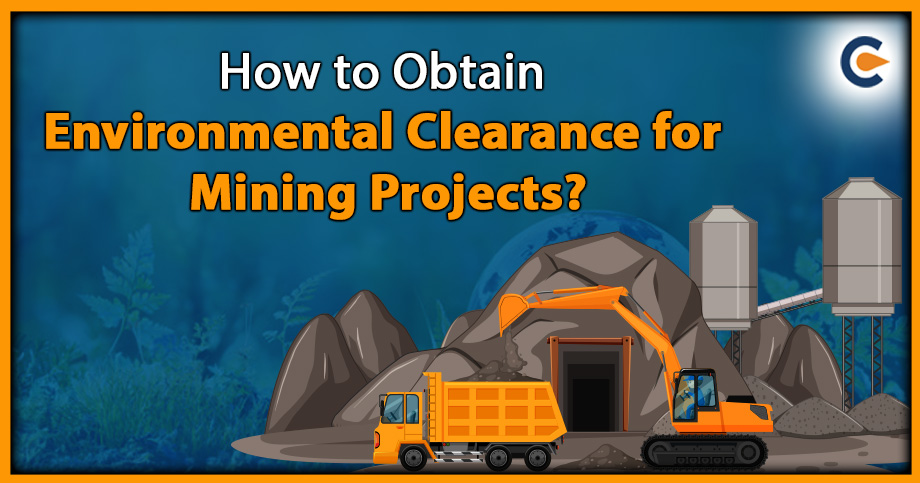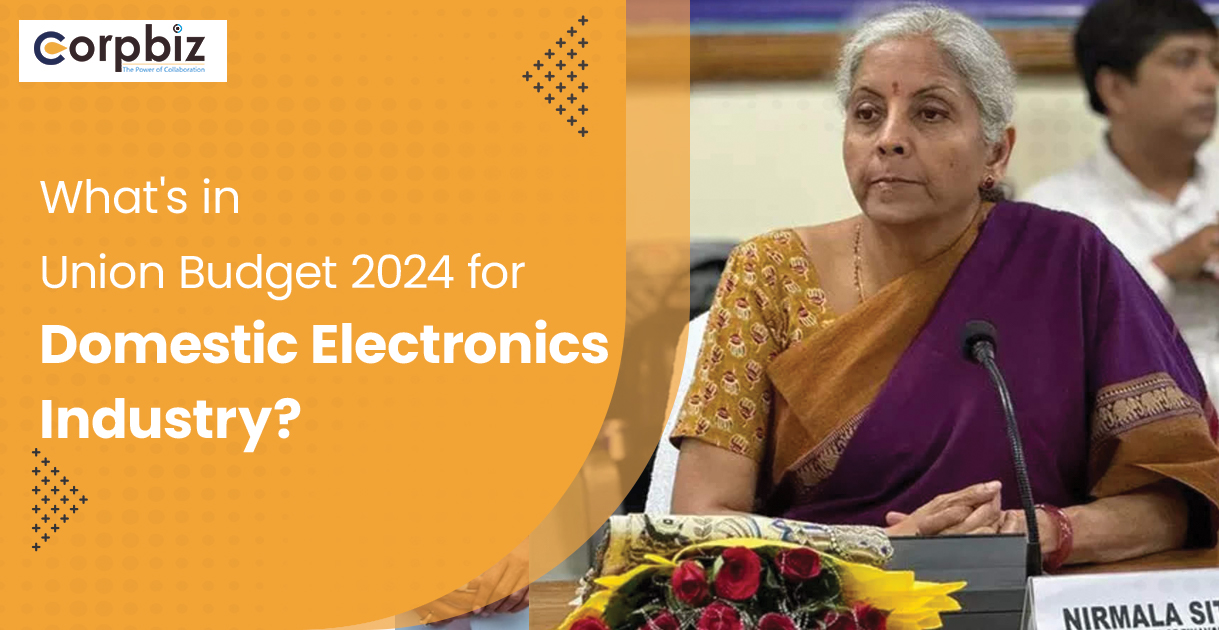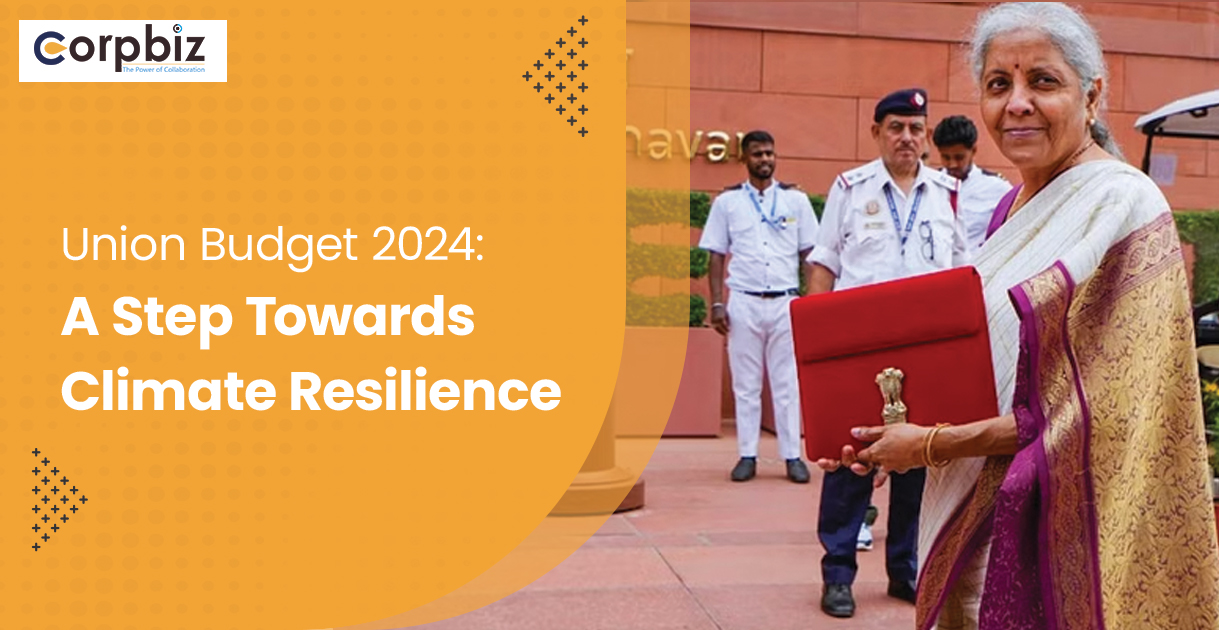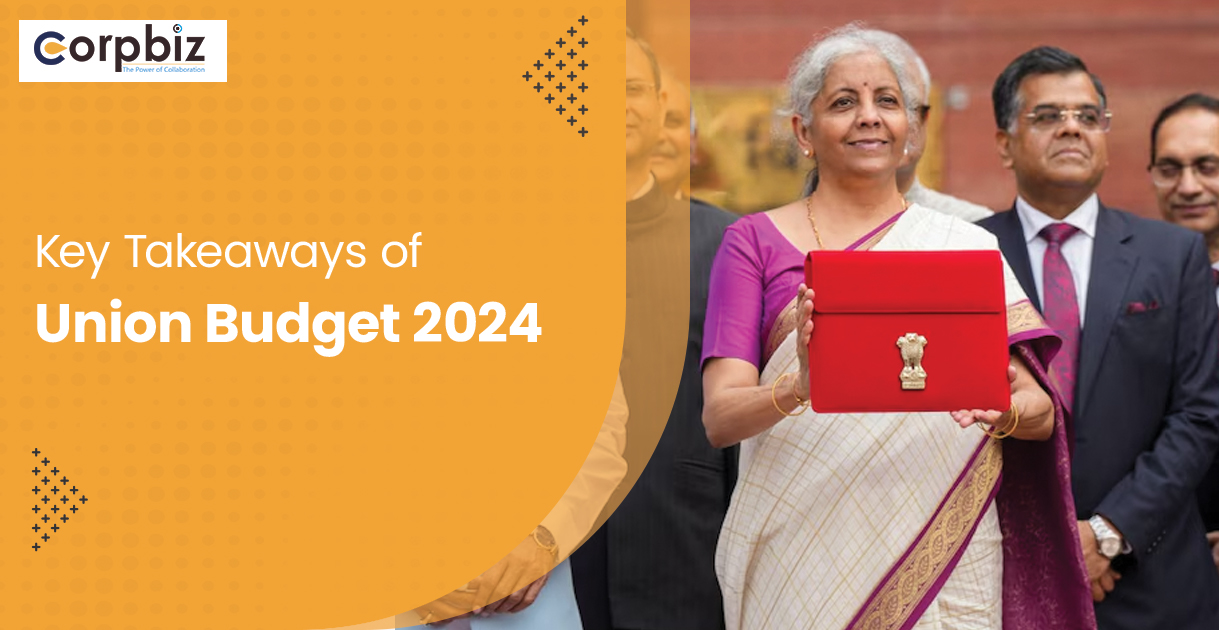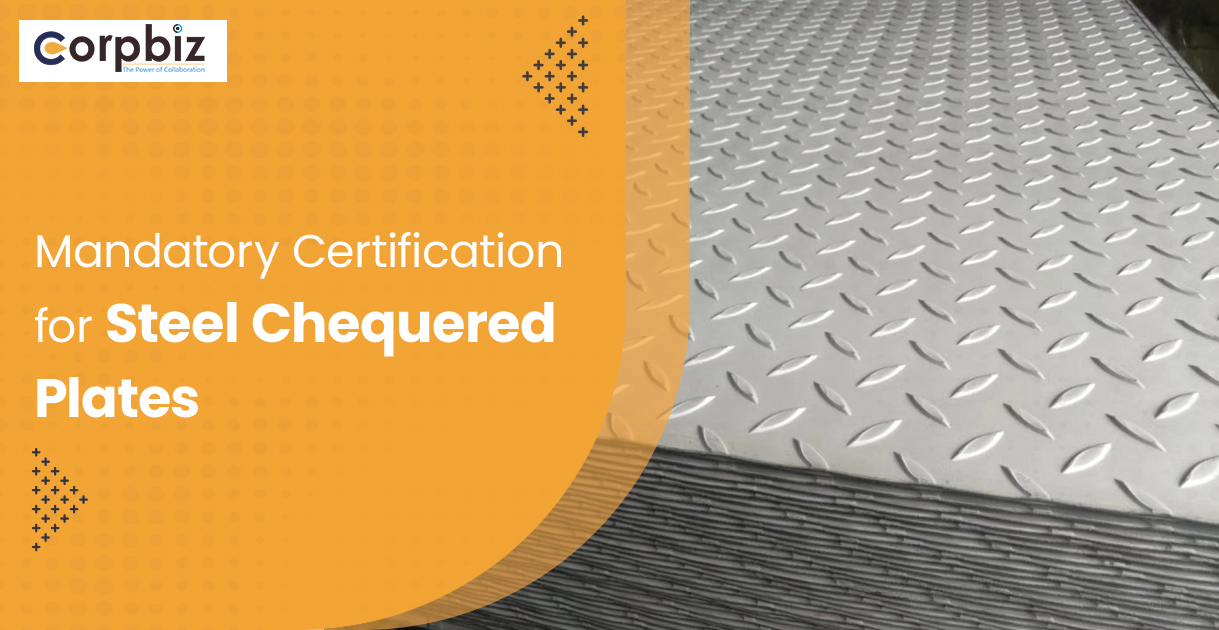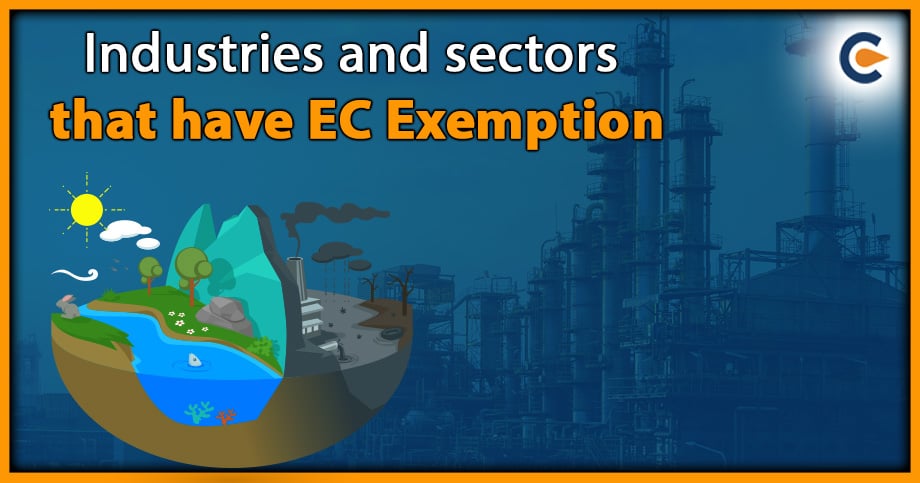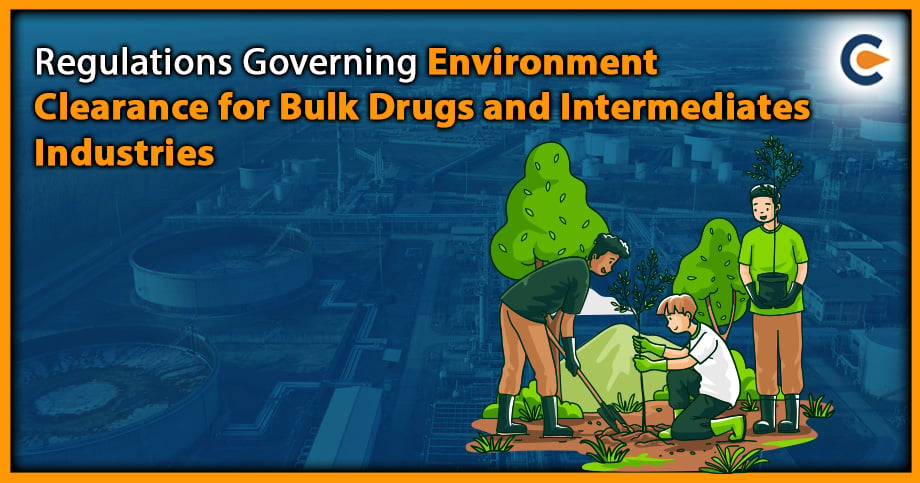Minerals are valuable natural resources and essential raw materials for the entire industry. So, the widening of the mining industry is crucial for developing industries and nations as the rise in infrastructure development is growing. Demand for iron, steel and coal is set to continue the growth expectations for residential and commercial buildings and coal for energy generation. Coal accounts for 55% of the country’s need for energy. We are depleting the natural resources and the environment. And as per the EIA notification, 2006, these industries require prior Environmental Clearance to decrease the load on the environment and preserve it for the future. It is very crucial to obtain Environmental Clearance for Mining Projects.
Classification of Mining Methods
|
Method |
Types of Mineral Deposit |
|
Surface Mining · Quarrying · Open Cast Mining · Placer mining (Mineral and mining) Hydraulicking Dredging · Solution mining Borehole mining In-site mining |
Non-metallic Coal, Metal, Non-metallic Coal Metal, Non-metallic Metal, Non-metallic – Non-metallic Metal |
|
Underground Mining · Unsupported / minimum supported – Room and pillar/bord and pillar mining – Stope and pillar mining – Shrinkage stopping – Sublevel stopping – Hydraulic mining · Supported (with a fill) – Cut and fill, stoping – Longwall mining – Room-and-pillar mining – Sub-level mining
· Caving – Longwall mining – Sub-level / caving – Block Caving |
Coal, Non-metallic – Metal, Non-metallic Metal, Non-metallic Metal, Non-metallic Coal Metal Coal Coal, Metal Coal
– Coal, Metal Coal, Metal Metal |
Environmental Clearance for Mining Projects
In mining projects, the mining of minerals, use of equipment for excavation and approximate pollution load, and planned mitigation measures are described in the Environmental Clearance for mining granted by the concerned authority. The requirement of prior Environmental Clearance for mining projects listed as 1(a) I, the schedule per the EIA notification, 2006, defines the categorization based on the area.
- Category A (MoEF&CC and EAC): > 100 ha of mining lease area for non-coal mine lease, > 150 ha of mining lease area for coal mine lease and asbestos mining irrespective of the mining area.
- Category B (SEIAA and SEAC): ≤ 100 ha of mining lease area in respect of non-coal mine lease, ≤ 150 ha of mining lease area in respect of coal mine lease.
Table 1: List of the project in Schedule 1 as per EIA notification, 2006 (amended Notification on 14th August 2018)
| S.No. | Category A | Category B | General Conditions |
| 1(a) | 1. > 100 ha of mining lease area in respect of non-coal mine lease 2. > 150 ha of mining lease area in respect of coal mine lease and asbestos mining irrespective | 1. ≤ 100 ha of mining lease area in respect of non-coal mine lease 2. ≤ 150 ha of mining lease area in respect of coal mine lease. | General condition shall apply except: 1. for project or activity of mining of minor minerals of category ‘B2’ (up to 25 ha of mining lease area; and 2. for project or activity of mining of minor minerals of category ‘B1’ in case of cluster of mining lease area; and 3. Riverbed mining projects on account of inter-state boundary. Note: 1. Mineral prospecting is exempted 2. The prescribed procedure for environment clearance for mining of minor minerals including cluster 1situation is given in Appendix XI; |
Process of Obtaining Environmental Clearance for Mining Projects


Steps in the Environmental Impact Assessment Process for Environmental Clearance for Mining Projects
- Identification of Site
- Preparation of pre-feasibility report for the prior environmental Clearance for mining projects using Form 1 and form 2 given in Annexure IV of EIA Notification, 2006.
- Submission of filled-in Form 1 along with the pre-feasibility report and draft ToR (for Mining Projects) for EIA studies to the concerned authority, i.e., MoEF&CC, for Category ‘A’ projects and the SEIAA for Category ‘B’ projects.
- After inspecting the documents, the relevant authority declares the results on the portal, whether the EIA project is approved/not. If the project requires a detailed EIA study, the committee issues a ToR letter to the proponent.
- The hard copy of Draft EIA will be submitted to SPCB, Zila Parishad, Collector, etc., incorporating Terms of reference pointers required for Public Hearing.
- After incorporating the Public hearing minutes in the final report, the project proponent has to submit the required documents (i.e. ToR letter, Final EIA Report, Form-2 etc.)
- Clearance by the concerned authority.
Legislation Applicable To Mining of Mineral Sectors
The mining sector has separate legislations covering management, conservation, grant and operation of mining leases, etc. There are also separate legislations for coal mines, nonferrous mines etc. In addition, environmental / forest regulations have been prescribed for all mining activities by the ministry of environment and forests and CPCB.
A Few Crucial Legislations Are Given Below:
- The Mines Act of 1952
- The Mines and Mineral (Development and Regulation) Act, 1957
- Mines Rules, 1955
- Mineral Concession Rules, 1960
- Mineral Conservation and Development Rules, 1988
- State Minor Mineral Concession Rules, 1960
- Granite Conservation and Development Rule, 1999
- The Water (Prevention and Control of Pollution) Act, 1974
- The Air (Prevention and Control of Pollution) Act, 1981
- The Environment (Protection) Act, 1986
- The Forest (Conservation) Act, 1988
- The Wildlife (Protection) Act, 1972
Generic Structure of Environmental Impact Assessment Plan
- Introduction
- Project Description
- Analysis of Alternatives (Technology and site)
- Description of the Environment
- Anticipated Environmental Impact & Mitigation Measures Environmental Monitoring Programme
- Additional Studies
- Project Benefits
- Environmental Cost Benefit Analysis Environmental Management Plan
- Summary & Conclusion
- Disclosure of Consultants engaged
Team of Experts Associated With Mining Projects
- NABET Consultant (EIA Co-ordinator, Team members, FAE, FAA)
- NABL Approved Lab
- Civil Engineer
- Air and noise quality specialist
- Occupational health
- Geologist/geo-hydrology
- Ecologist
- Transportation Specialist
- Safety and health specialist
- Sociologist, etc.
Mandatory Information for Obtaining EC for Mining Projects
The summary should clearly present the finding of critical environmental issues and their resolutions. Whenever possible, the summary should use base maps, tables and figures. Information should be concise with meaningful presentations. It must be able to stand alone as a document. It should necessarily cover the following:
- Introduction
- Project description and Project benefits
- Anticipated environmental impacts and mitigation measures
- Additional studies
- Environmental Monitoring Program
- Environmental Management Plan
- Risk Assessment (RA) and Disaster Management Plan (DMP)
Conclusion
As per the growing requirement for minerals in India, there is a vast increase in the number of Industrial sectors and projects, and for that, mining projects are increasing rapidly; at the same time, the growing concern of environmental risk due to the mining projects requires Environmental Clearance that will help to check and mitigate the environmental risks associated with the project in the early stage However, to obtain Environmental Clearance for mining projects, a strong EIA practice requires a technical understanding of relevant issues & the measures that work in such circumstances with the guidance of environmental professionals.
Also Read:
Environmental Clearance Process In India: A Complete Outlook



